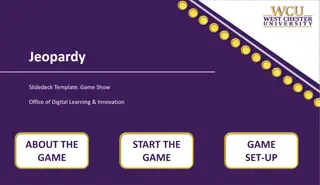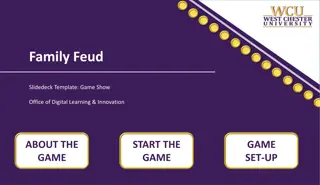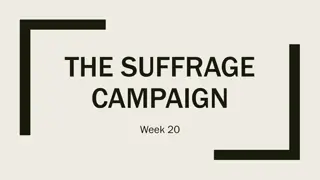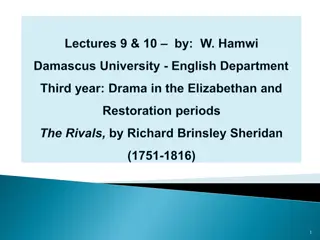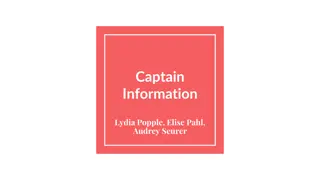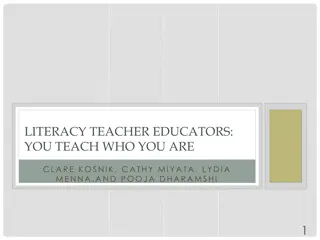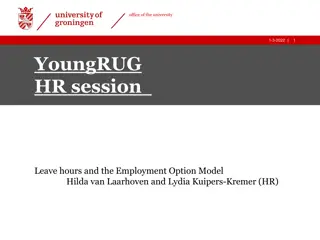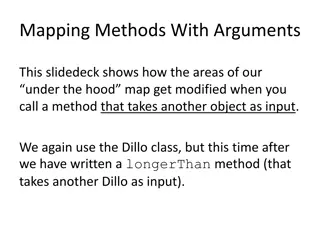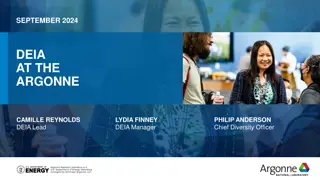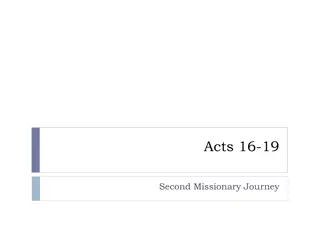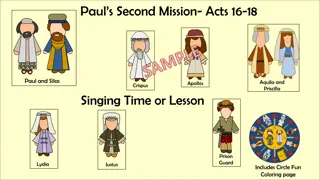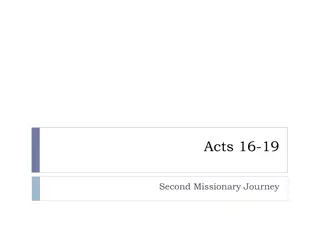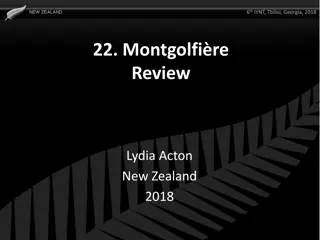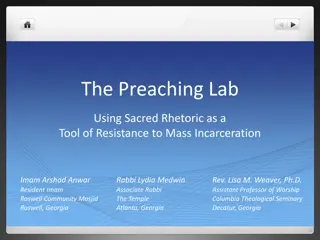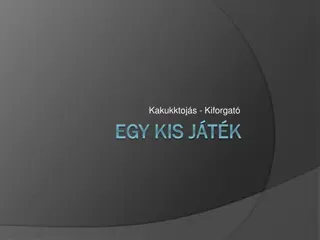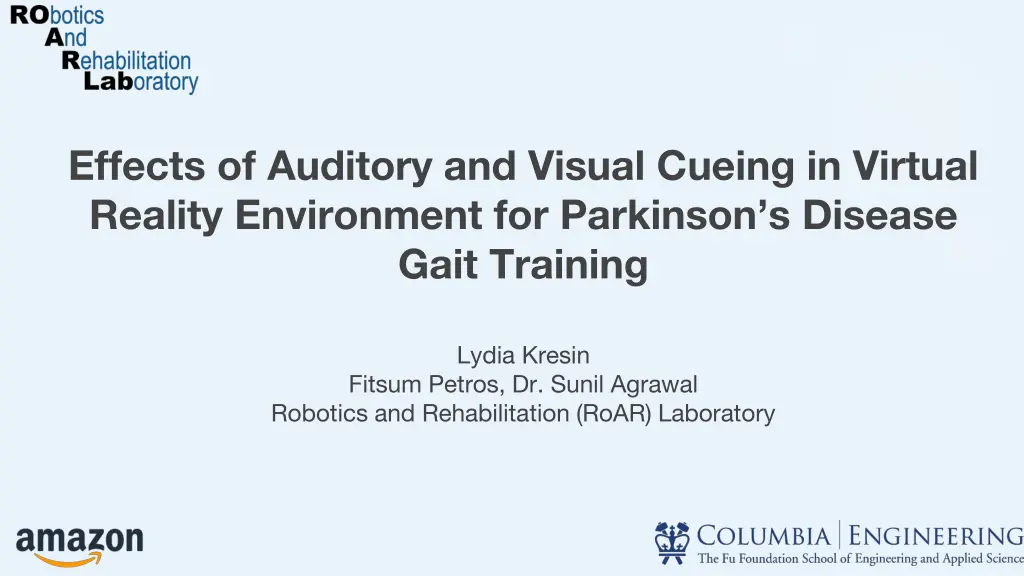
Auditory and Visual Cueing in Virtual Reality for Parkinson's Disease Gait Training
Explore the effects of auditory and visual cueing in a virtual reality environment for gait training in Parkinson's disease. The study aims to determine the most effective gait rehabilitation method using auditory and visual cues, with preliminary results showing potential benefits of combining both cue types.
Download Presentation

Please find below an Image/Link to download the presentation.
The content on the website is provided AS IS for your information and personal use only. It may not be sold, licensed, or shared on other websites without obtaining consent from the author. If you encounter any issues during the download, it is possible that the publisher has removed the file from their server.
You are allowed to download the files provided on this website for personal or commercial use, subject to the condition that they are used lawfully. All files are the property of their respective owners.
The content on the website is provided AS IS for your information and personal use only. It may not be sold, licensed, or shared on other websites without obtaining consent from the author.
E N D
Presentation Transcript
Effects of Auditory and Visual Cueing in Virtual Reality Environment for Parkinson s Disease Gait Training Lydia Kresin Fitsum Petros, Dr. Sunil Agrawal Robotics and Rehabilitation (RoAR) Laboratory
Introduction + Goals of Project A common symptom of Parkinson s Disease is impaired gait - increases the risk of falls. Gait therapy, such as auditory (rhythmic auditory stimulation) and visual cueing, has been demonstrated to be effective at stabilizing gait Few studies have tested the effects of combinations of cue types on gait stabilization or of prior musical experience and beat perception on the efficacy of auditory cueing. GOAL: Create a system to determine which gait rehabilitation method will be most effective for individuals by: 1) Determining gait characteristics most affected by auditory and visual cueing 2) Evaluating effect of providing both auditory and visual cueing 3) Preliminary analysis of correlations between beat perception/musical experience and response to auditory cueing
Methods 1) Developed virtual reality environment capable of providing auditory and/or visual cues for gait SteamVR view recording.mov mat view recording.MOV 2) Performed pilot study on six healthy individuals a) Assessed musical background and beat perception b) Measured gait parameters under seven conditions
Results Baseline Auditory offset Both auditory and visual cueing (normal) Example of how gait changes under cueing conditions Chart showing change indices and SD of each gait parameter by cueing condition
Discussion Found that temporal gait parameters (stride time and cadence) can be impacted most effectively using auditory cueing, while spatial parameters (stride and step length) are changed most by visual cues Results suggest that auditory and visual cueing cannot be used interchangeably, and using both types simultaneously may have further positive benefits Greater sample size needed to determine connection between musical experience/beat perception ability and response to auditory cues Further studies should investigate how people with Parkinson s disease respond to a combination of both types of cueing

